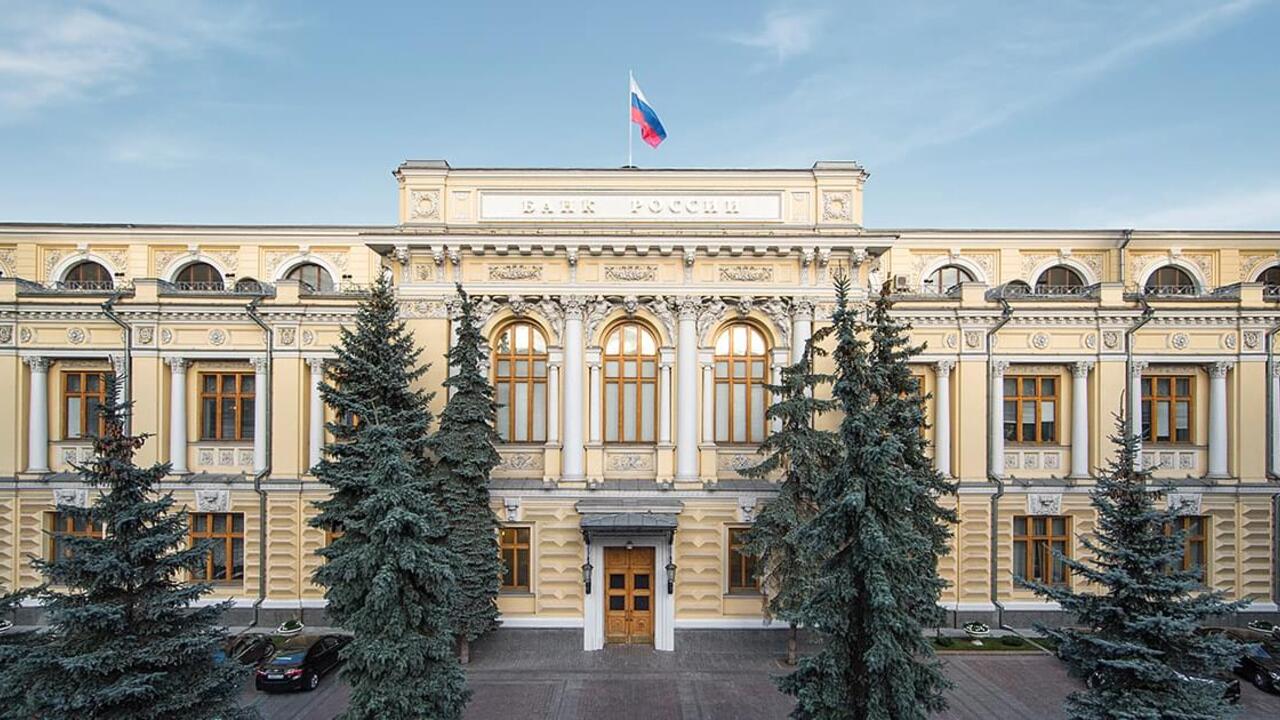Artificial intelligence discovered that we will reach the critical threshold of global warming much sooner than expected. In a study published in Proceedings of the National Academy of Sciencesthe researchers used a machine learning model to find out when we will break the 1.5 degree Celsius barrier and alarming results. According to scientists, the Earth is about to catch up, even if measures are taken to reduce climate change in the short term.
Noah S. Diffenbaugh, a climate scientist at Stanford University, and Elizabeth A. Barnes, a professor in the Department of Atmospheric Sciences at Colorado State University, relied on artificial neural networks (ANNs). Using a spatial pattern of historical temperature observations, According to artificial intelligence estimates, between 2033 and 2035 we will reach 1.5 degrees.
The forecasts were made taking into account three scenarios of greenhouse gas emissions. At these settings, the researchers also found that Earth will reach 2 degrees of warming between 2050 and 2054. AI estimates are consistent with the Intergovernmental Panel on Climate Change (IPCC) assessment. The results of the Sixth Assessment Report (AR6) predict that we will pass the 1.5 degree Celsius threshold in the early 2030s.
In case of 2nd degree there is a difference compared to some forecasts which placed him at the end of this century. The researchers note that the AI estimates are consistent with the AR6 estimate, which considers 2041 and 2060 as the year in which we will reach this temperature in the high and medium emission scenarios, respectively. The study also highlights that not all climate models reach 2 degrees Celsius at low settings.
How reliable is artificial intelligence in predicting climate change?
Diffenbaugh and Barnes say the use of artificial intelligence provides a unique data-driven approach. Model based on neural networks accurately predicts the timing of global warming on temperature charts. It is worth noting that these networks learn from climate models, so they are required to have some truth in their representation of the real world.
One of the disadvantages of the AI learning process is that there may be biases and errors in the data. To avoid this, neural networks were based on several climate models and took into account different impact scenarios. The researchers claim that there may be deviations when comparing results with previous estimates.
Taking into account the existing substantial evidence of increased risks to natural and human systems at 1.5°C and 2°C, our results provide additional evidence for strong climate change over the next three decades.
While the results are worrisome, Diffenboe is hopeful of changes brought about by the Paris Agreement. Global warming will have catastrophic consequences around the worldstarting with sea level rise. Experts have calculated that at 1.5 degrees by the end of this century we will get a height of 48 centimeters, and at 2 degrees the level will reach 56 centimeters.
Combined with flooding and erosion of coastal cities, heat waves will become commonplace. At 1.5 degrees, Europe will have a 47 percent chance of having a big wave every year. However, if the AI model is correct and we reach 2 degrees by 2050, it will be almost a given that we would suffer every summer from high temperatures which would take the lives of many people.
Both AI forecasts and IPCC say we will get to 2 degrees this century, the question is when.
Source: Hiper Textual














